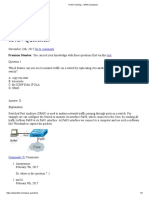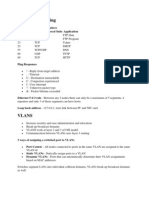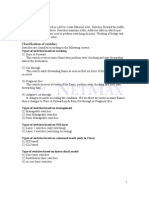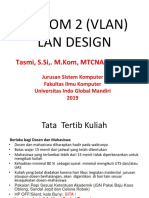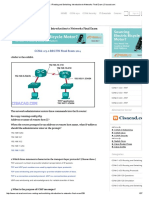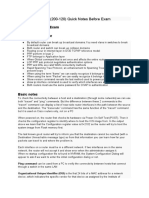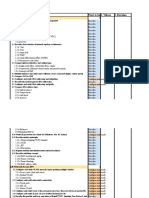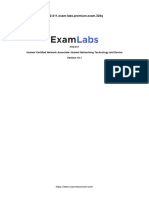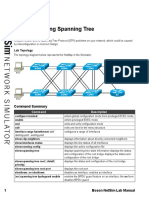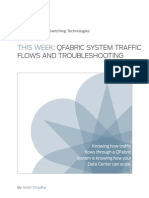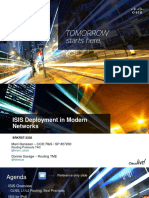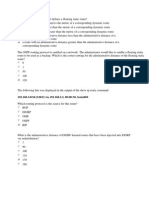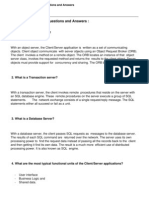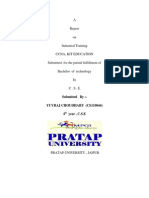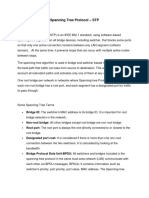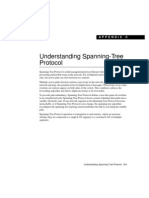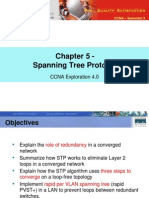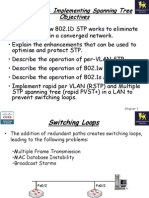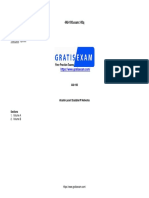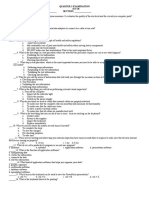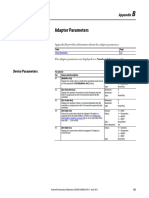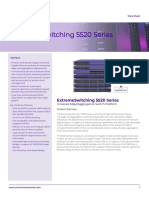0% found this document useful (0 votes)
552 views19 pagesSpanning Tree Protocol
1. Spanning Tree Protocol (STP) is used to avoid switching loops in switched networks with redundant links by creating a loop-free logical topology from the physical topology.
2. STP establishes a root bridge and constructs a spanning tree topology with one path for reaching every network node, with redundant links blocked to avoid loops.
3. Bridges exchange Bridge Protocol Data Units (BPDUs) to elect the root bridge and determine the shortest path to it, designating root ports, designated ports, and blocking non-designated ports from forwarding data.
Uploaded by
Ikram IbrahimCopyright
© © All Rights Reserved
We take content rights seriously. If you suspect this is your content, claim it here.
Available Formats
Download as PPT, PDF, TXT or read online on Scribd
0% found this document useful (0 votes)
552 views19 pagesSpanning Tree Protocol
1. Spanning Tree Protocol (STP) is used to avoid switching loops in switched networks with redundant links by creating a loop-free logical topology from the physical topology.
2. STP establishes a root bridge and constructs a spanning tree topology with one path for reaching every network node, with redundant links blocked to avoid loops.
3. Bridges exchange Bridge Protocol Data Units (BPDUs) to elect the root bridge and determine the shortest path to it, designating root ports, designated ports, and blocking non-designated ports from forwarding data.
Uploaded by
Ikram IbrahimCopyright
© © All Rights Reserved
We take content rights seriously. If you suspect this is your content, claim it here.
Available Formats
Download as PPT, PDF, TXT or read online on Scribd
/ 19
